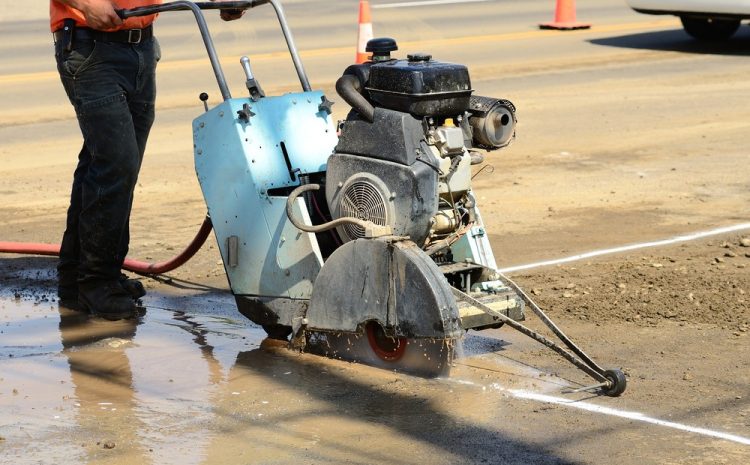
Why Is It Necessary To Cut Lengthwise Grooves Into Highways?
Those thin narrow grooves that are cut into the highway are simply annoying for most drivers and especially for motorcyclists. So why is it necessary to cut lengthwise grooves in the highway?
There are in fact several reasons why this is beneficial for drivers, the general public as well as the actual road surface.
- It reduces noise
- It increases the lifespan of the road surface
- Provides better grip for tires
- The lines provide a better surface for asphalt to adhere to
- The grooves hold steel bars that reinforce the road surface and prevent concrete slabs from drifting
The grooves are not however intended to help drain away rain or other water on the road surface more effectively.
Even though these grooves are often referred to as “rain grooves”, engineers employ other methods to efficiently drain water from the road surface such as drainage ditches alongside the highway.
1. Noise Reduction
Driving on concrete is noisy and in the past, grooves were cut into highways horizontally, increasing the noise level even more. Noisy highways are not only uncomfortable for drivers but also for residents living nearby.
To alleviate the problem, asphalt was poured onto the concrete to provide a smoother and therefore quieter road.
However, concrete and asphalt are not compatible partners and expand and contract at different rates when heated or cooled. This results in asphalt crumbling and disintegrating resulting in dangerous potholes and a road that needs to be resurfaced.
Newer engineering techniques allow concrete cutting to be done lengthwise instead of horizontally. These lengthwise grooves do a much better job at reducing the noise level produced by tires on concrete at high speeds.
Reducing noise is one of the most common reasons that lengthwise grooves are cut into concrete.
2. Increased Lifespan
Unlike asphalt, concrete is not poured to create a road surface but rather placed in large slabs. The edges of these slabs are prone to wear and tear and on some highways, tend to drift or slide.
In order to prevent this from happening, the slabs are reinforced with steel bars. The grooves on the highway are designed to hold these steel reinforcements.
Reinforcing a concrete highway can increase its lifespan by up to 10 years. The reason that concrete is used on so many highways in the first place is because it more resilient and durable than asphalt.
Although it may have some drawbacks, such as the noise factor, a longer-lasting road surface is preferable for highways that carry large amounts of traffic and heavy vehicles at high speeds.
This is also important to prevent potholes or crumbling at the edges of the road surface which result in hazardous driving conditions.
In addition, cutting grooves in concrete assists with the expansion and contraction of the road surface reducing wear and tear. It also provides a rough surface for asphalt to adhere to and prevent potholes and uneven road surfaces.
This is the ideal foundation for road milling.
3. Better Traction
Any road surface can become slippery under certain conditions such as heavy rain, sleet, snow and when oil collects on the road surface. The horizontal lines provide better tire traction under normal and hazardous driving conditions.
Vehicles are therefore less likely to slide on sleek road surfaces resulting in collisions that are very dangerous on highways.
Engineers put a lot of time and research into how certain road surfaces perform and what can be done to improve driving conditions as well as other aspects such as noise reduction and preventing wear and tear.
Lengthwise grooves that run in the same direction as traffic, are one of the most effective ways to address many of the issues that arise with road surfaces.
If you are looking for a concrete cutting company that is trustworthy and reliable, then don’t go past VIC Sawing and Drilling concrete cutting services. Please call us today on (03) 8786 3621 or through our contact page.

